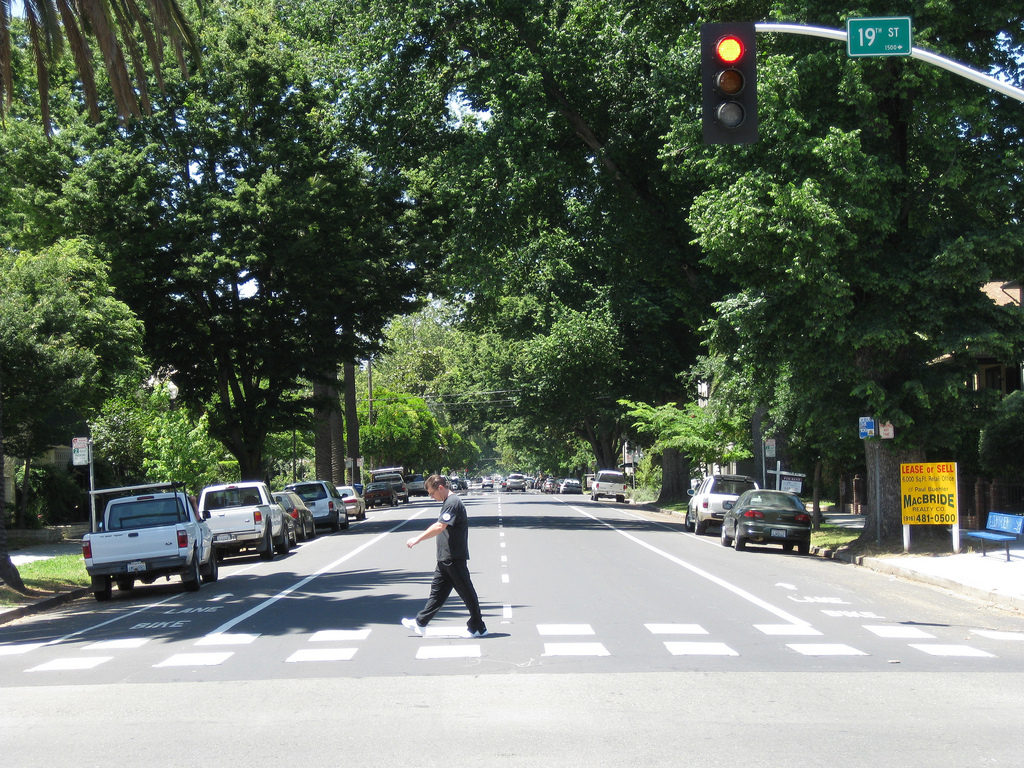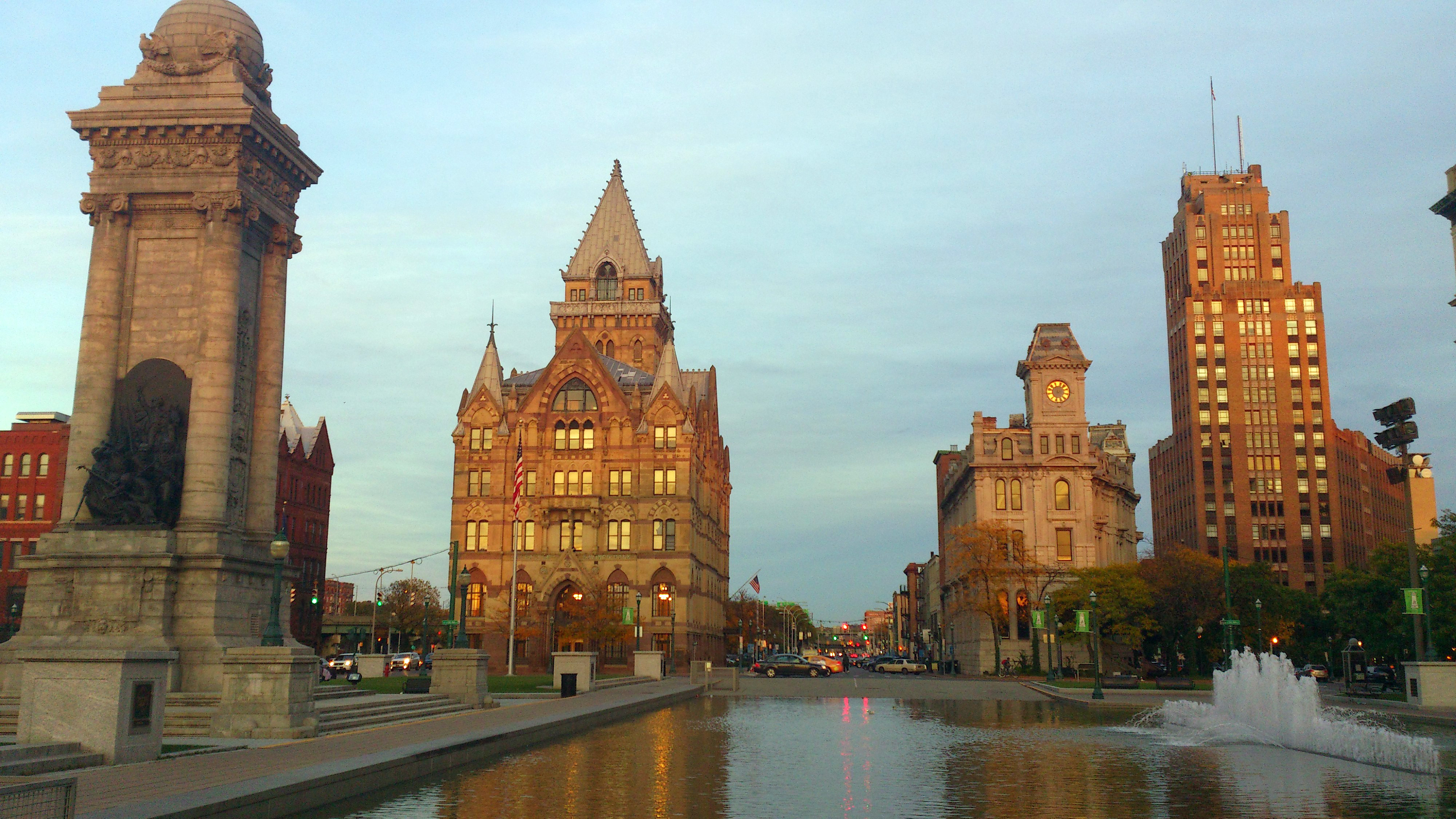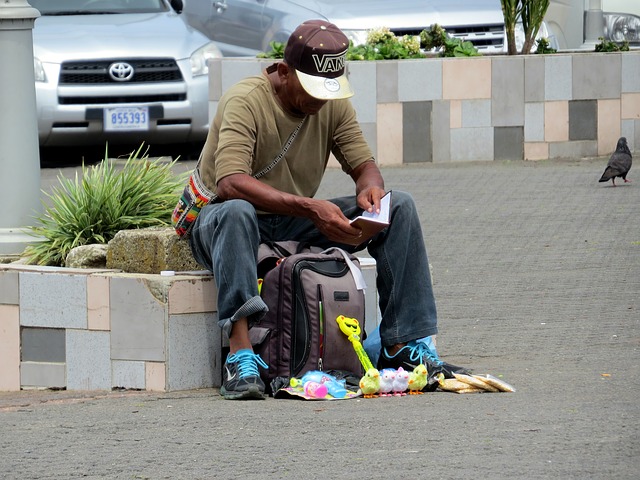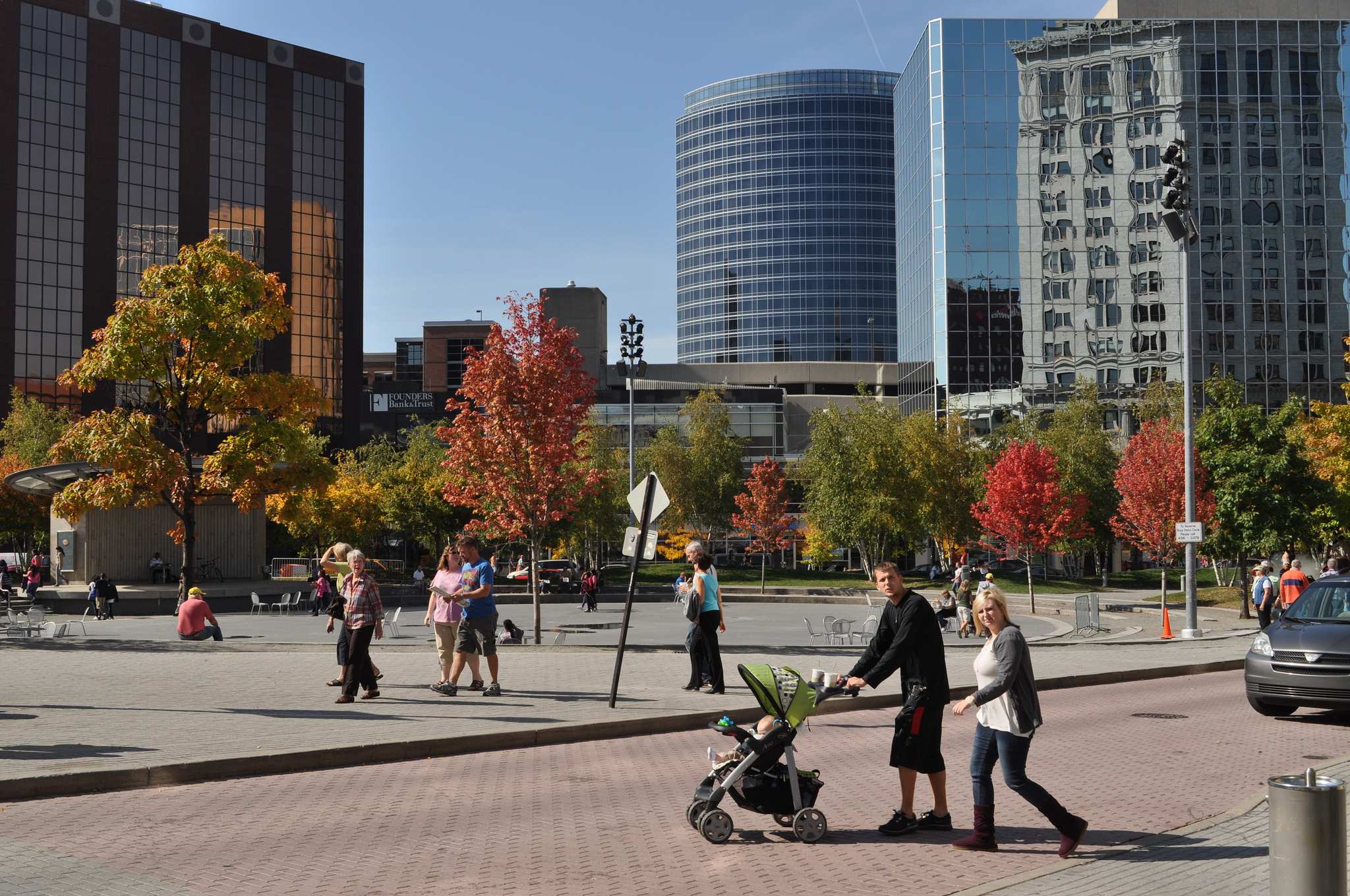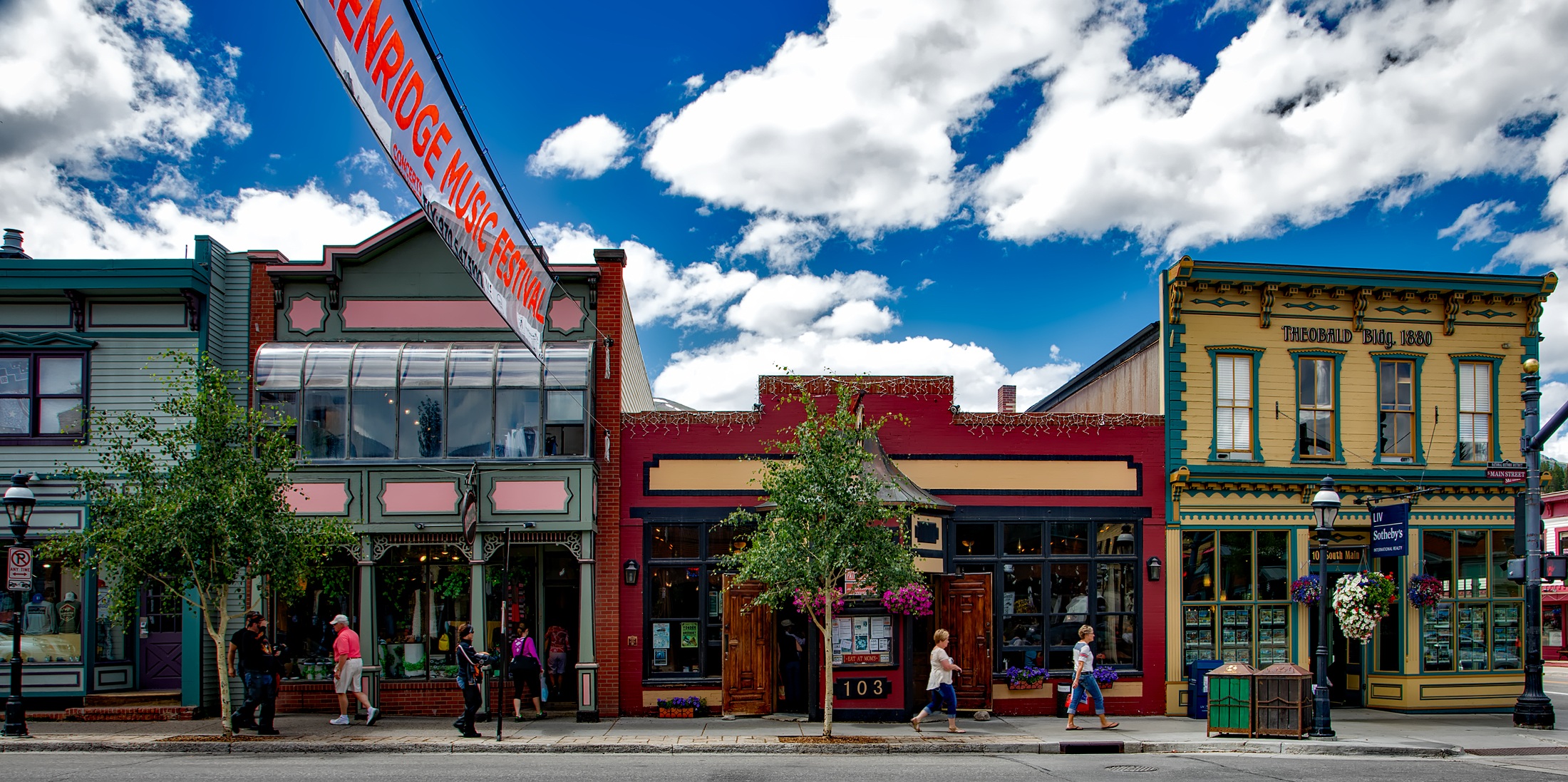
When discussing economic and workforce development, leaders must think about the geographic distribution of jobs.
As cities continue to sprawl, connecting workers to jobs remains a critical issue that has lacked a substantive conversation. The Fund for Our Economic Future’s “Geography of Jobs” report raises this important issue and measures its impact in Northeast Ohio.


